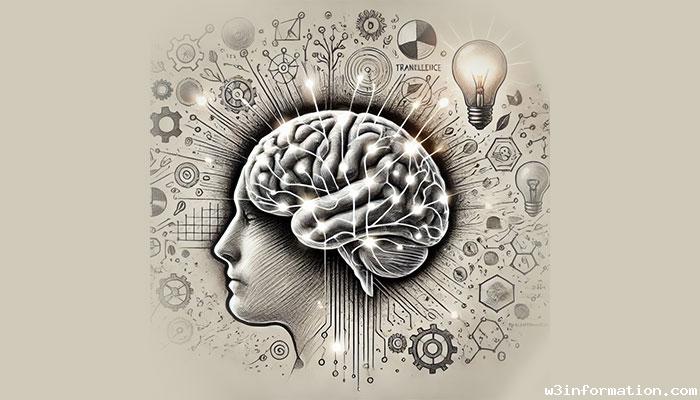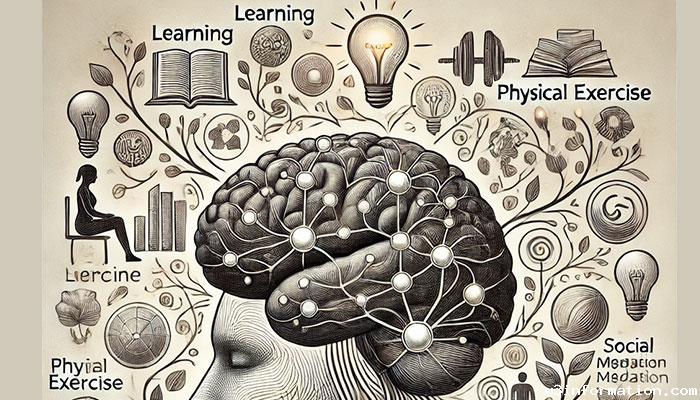Neuroplasticity: How the Brain Adapts and Changes
Neuroplasticity (aka brain plasticity) is the process by which the brain adapts, reorganises and evolves throughout a person’s life. It is a morphic trait that enables the brain to create new neural pathways, upgrade existing ones, and even heal from injury. It is involved in learning, memory and the functioning of the brain.
Types of Neuroplasticity
- Structural Plasticity: These physical changes in brain architecture are in response to learning or environment. For example, it has been reported that if we learn something new, such as how to play a musical instrument, we grow brain areas.
- Functional Plasticity: It is when the brain shifts functions from damaged regions to healthy ones. Functional plasticity plays a role in poststroke brain recovery.

Mechanisms of Neuroplasticity
- Synaptic Plasticity: Strengthening or weakening of synapses (connections between neurons) depending on how active they are. The saying goes "cells that fire together, wire together".
- Neurogenesis: New neurons are formed, especially in memory and learning regions such as the hippocampus.
- Pruning and Remodelling: Repetitive neural pathways are deactivated as needed, and frequent ones restored.
Factors Influencing Neuroplasticity
- Age: Neuroplasticity is stronger in the childhood, but even the adult brain can still make powerful changes.
- Ambience: Engaging environments full of learning support neuroplasticity.
- Exercise: Activity raises brain-derived neurotrophic factor (BDNF), a protein that promotes neural growth and connectivity.
- Lifestyle: We must sleep, avoid stress, and eat right to be brain flexible.

Applications and Implications
- Regeneration: Neuroplasticity is at the heart of treatments for stroke recovery, traumatic brain injury and neurodegenerative diseases such as Parkinson’s disease.
- Mental Health: Behavioral treatments and mindfulness can use neuroplasticity to rewire the brain and cure anxiety and depression.
- Learning and Teaching: Brain science makes it easier for educators to find ways to teach to learn and retain.
- Learning: From language to complex task mastery, neuroplasticity is at the centre of personal and professional development.
Challenges and Future Directions
Neuroplasticity is hugely powerful, but not always good. Maladaptive plasticity, for instance, can feed back into negative circuits, like addiction or pain pathways. Further work would look at how we might harness neuroplasticity for specific interventions and mitigate its negative effects.
To sum up, neuroplasticity is one of the pillars of the brain’s resilience and plasticity. It focuses on lifelong learning, lifestyle modification and individualised treatment.
 How to Extend Your Mobile Device’s Lifespan
How to Extend Your Mobile Device’s Lifespan
 Mobile Hotspot Devices: What You Need to Know
Mobile Hotspot Devices: What You Need to Know
 Mobile Web Design Trends
Mobile Web Design Trends
 The Importance of Mobile Data Encryption
The Importance of Mobile Data Encryption
 Mobile Gaming Performance: How to Choose the Right Device
Mobile Gaming Performance: How to Choose the Right Device
 The Rise of Foldable Smartphones
The Rise of Foldable Smartphones